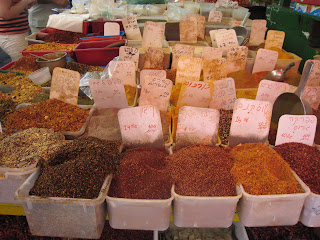1. What are the differences and similarities between portraits in the early days of photography and portraits today?
2. Who was the photographer and who was the subject of the photographs in the past and today?
3. What was the impact of technology on portraits in the past and today?
We have seen portraits change a great deal through time, from ancient civilization to the renaissance period; only the wealthy and influential were able to have self portraits. Today it has become a common practice, especially with availability to digital photography.
In the early days of portraiture we most commonly see people who are of higher status (the rich and powerful), their families and other people of importance who would commission an artist to make representations of themselves. Often these representations were exaggerated to enhance the beauty of the individuals. As Aristotle stated, "The aim of Art is to present not the outward appearance of things, but their inner significance; for this, not the external manner and detail, constitutes true reality."
The the birth of photography in the 1820's blew people by surprise. It was able to capture more detail and the real likeliness of the person then paintings or sculptures ever did. All sorts of different types of photography evolved from then on, one being physionotrace; a machine designed to trace a persons profile in form of a silhouette. Then came Daguerreotype in 1839 which was the first publicly available photographic process which used a silver plate and iodine fumes to expose the image. Then in 1842 cyanotype process (aka blueprints) was discovered which made it easy to develop large scale images.


Its amazing to see how portraits have evolved through time yet so many aspects of portraying humans has remained the same; capturing their true beauty. In the beginning of photography, people have been improving the camera and its techniques. Alone in my lifetime I have seen cameras evolve from using 24 exposure films to digital cameras that have the capability to take hundreds of pictures. Today photography has become accessible to almost everyone, and has made it very easy to document ones life. will be amazing to see where the future of photography lies.
Here are several portraits my friend took during his education at Fanshawe College in photography. With the technology we have today, enhancing photos, altering people so we believe they are beautiful happens all the time.















